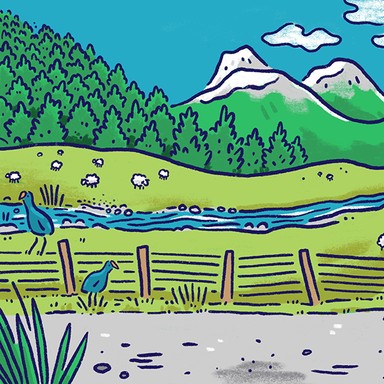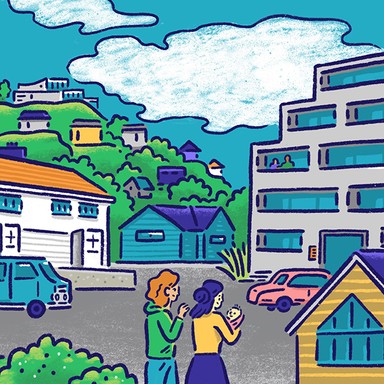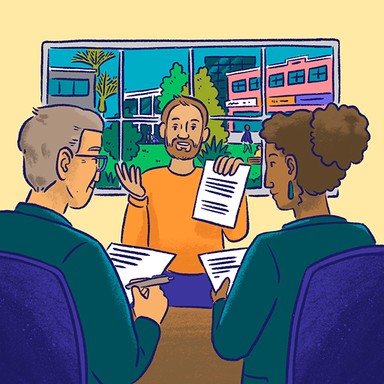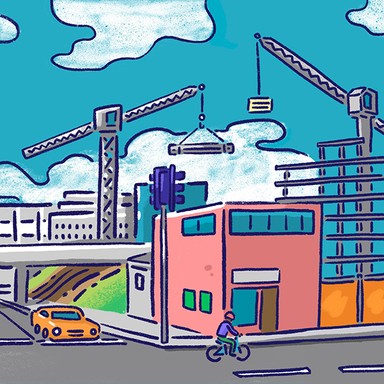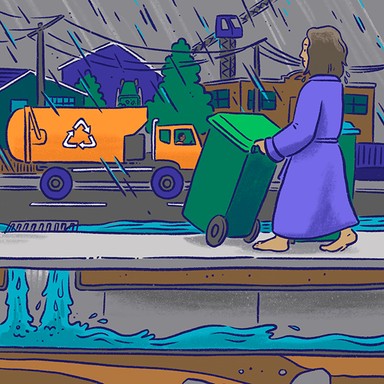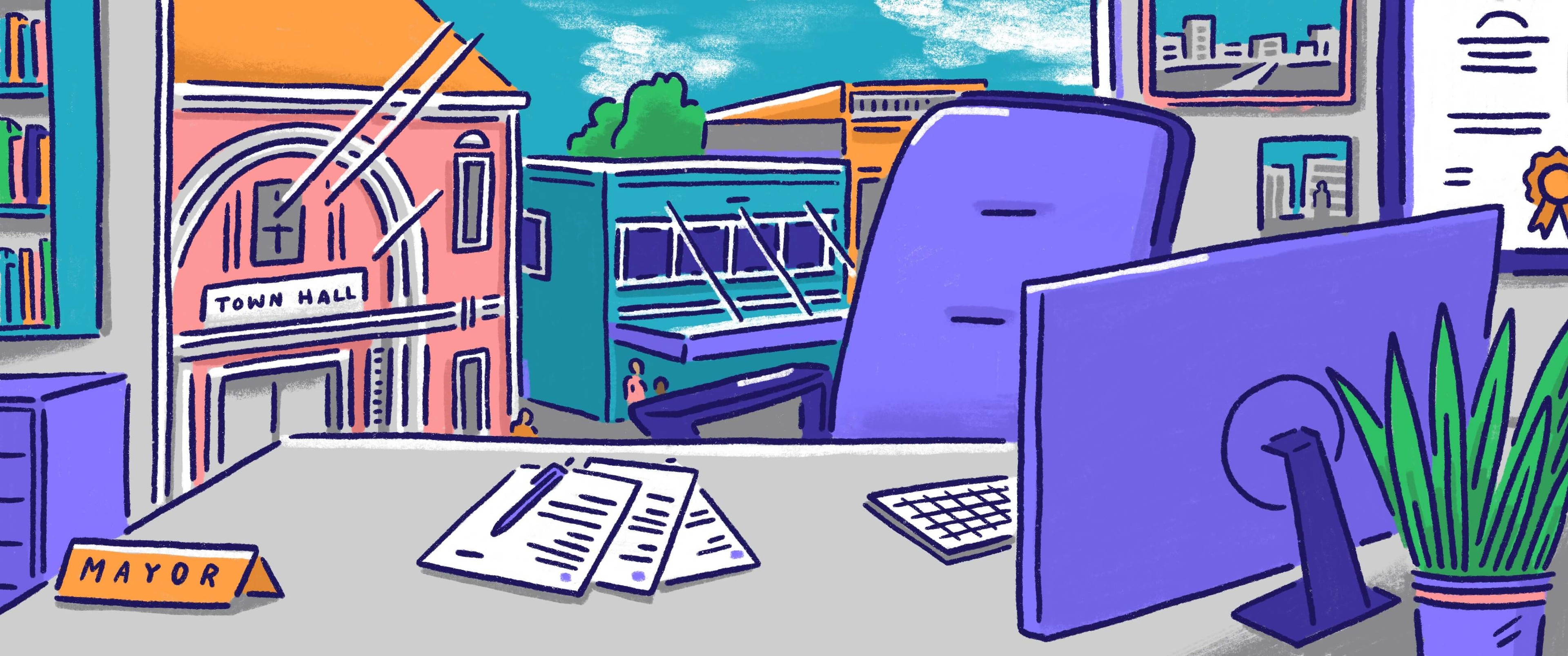
Mayor of Kāpiti Coast
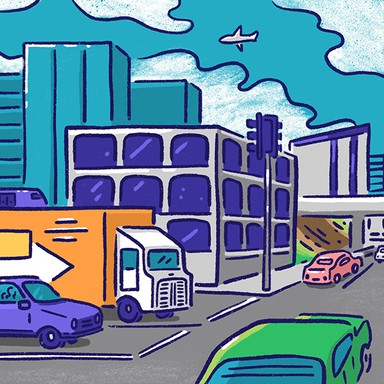
Transport
Helping communities get from A to B is a key responsibility of local government, from making sure the buses run on time to providing car parking and walking and cycling paths. Whether public transport is the responsibility of the regional or local council depends on where you are in the country. Local councils also own 87% of New Zealand’s roads.

Transport
Helping communities get from A to B is a key responsibility of local government, from making sure the buses run on time to providing car parking and walking and cycling paths. Whether public transport is the responsibility of the regional or local council depends on where you are in the country. Local councils also own 87% of New Zealand’s roads.
Actively work with Greater Wellington Regional Council to improve our public transport options.
Join forces with Greater Wellington Regional Council to support rail options north of Waikanae.
Fast track the link road.
Develop model for local traffic neighbourhoods and consult through community boards on implementation.
Reduce speed limits on non arterial routes.
Make cycling and walking safe for everyone, especially school kids and the elderly.
Continue to expand the existing cycle network with more dedicated links from the expressway to the coast.
Bring more focus to maintenance of local roads including proper repair of potholes as opposed to patching.
Work with local law enforcement on patrolling speeding on local roads especially east of the railway line.
Advocate for new within district bus services, eg on demand or buses between centres, to avoid transferring from bus to train for short trips.
Re-establish the School Travel Plan initiative to increase walking and cycling to schools.
Install zebra crossings at key pedestrian locations across the district.
Advocate for free fares for under 25s, tertiary students, Community Service Card holders and Total Mobility Card holders.
Ensure development occurs which encourages active and public transport.
Reduce speed limits and create more pedestrian friendly environments in all town centres.
Advocate for double tracking and electrification of the rail network between Waikanae and Ōtaki. Explore taking the extension further.
Encourage mode change awareness as part of an overarching strategy towards lowering our district's carbon footprint.
Advocate to regional and central government to decrease fares on rail to encourage mode shift. Develop the concept of the 15-minute town centre.
Actively work with Greater Wellington Regional Council to improve our public transport options.
Join forces with Greater Wellington Regional Council to support rail options north of Waikanae.
Fast track the link road.
Develop model for local traffic neighbourhoods and consult through community boards on implementation.
Reduce speed limits on non arterial routes.
Make cycling and walking safe for everyone, especially school kids and the elderly.
Continue to expand the existing cycle network with more dedicated links from the expressway to the coast.
Bring more focus to maintenance of local roads including proper repair of potholes as opposed to patching.
Work with local law enforcement on patrolling speeding on local roads especially east of the railway line.
Advocate for new within district bus services, eg on demand or buses between centres, to avoid transferring from bus to train for short trips.
Re-establish the School Travel Plan initiative to increase walking and cycling to schools.
Install zebra crossings at key pedestrian locations across the district.
Advocate for free fares for under 25s, tertiary students, Community Service Card holders and Total Mobility Card holders.
Ensure development occurs which encourages active and public transport.
Reduce speed limits and create more pedestrian friendly environments in all town centres.
Advocate for double tracking and electrification of the rail network between Waikanae and Ōtaki. Explore taking the extension further.
Encourage mode change awareness as part of an overarching strategy towards lowering our district's carbon footprint.
Advocate to regional and central government to decrease fares on rail to encourage mode shift. Develop the concept of the 15-minute town centre.
Mayor
Compare the mayoral candidates in your area
Local council
Compare the candidates for your city or district council
Regional council
Compare the candidates for your regional council
Local board
Compare the candidates for your local or community board

